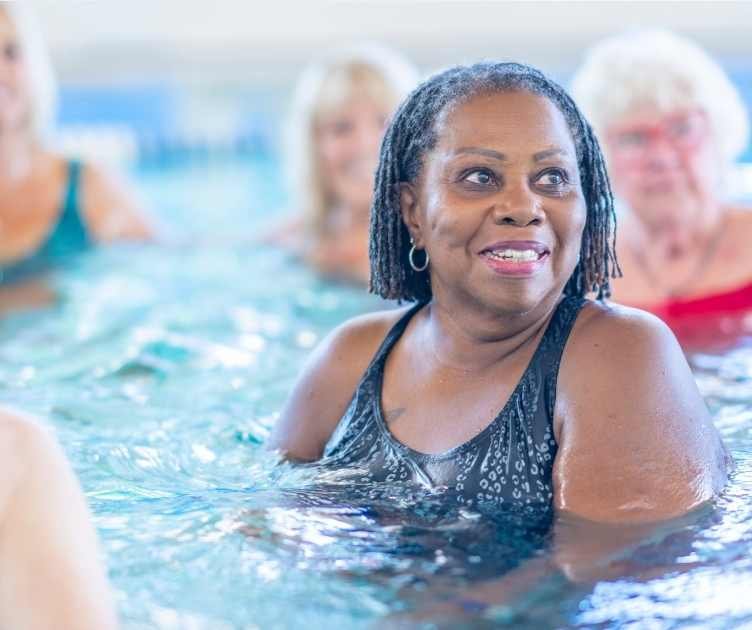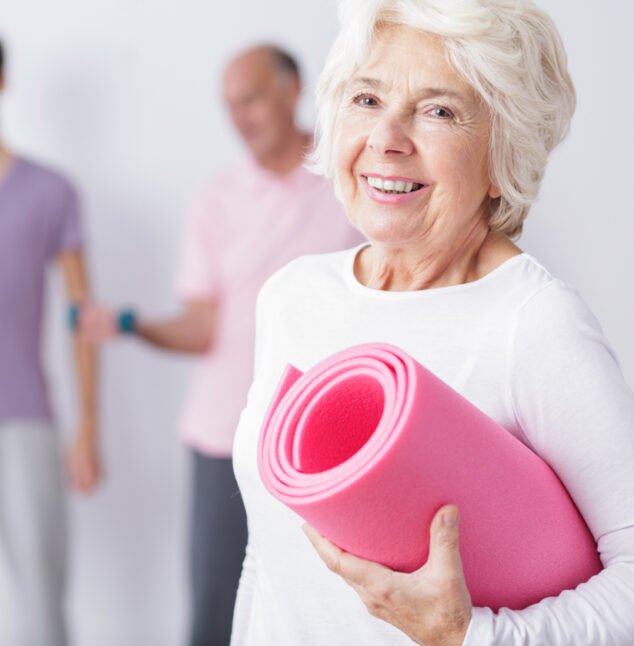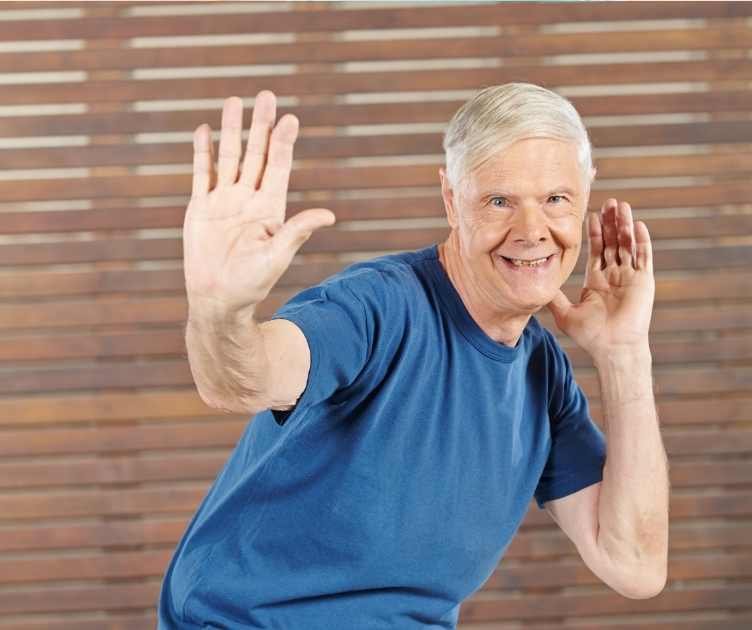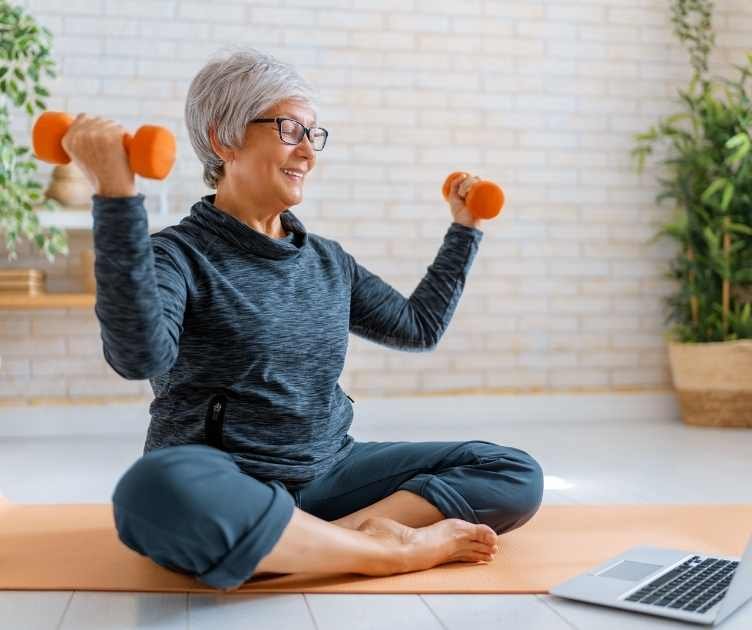
Are you tired of feeling unsteady on your feet? Balance Secrets: Tai Chi for Elders is here to help you regain your freedom and stability. Imagine being able to walk confidently without the fear of falling.
With the power of Tai Chi, you can achieve just that. Tai Chi is not only a beautiful form of martial art but also a proven method to improve balance and prevent falls. By incorporating gentle movements and focusing on your body’s alignment, you can enhance your stability and overall well-being.
In this guide, we will explore the connection between Tai Chi and stability, share safety tips specifically designed for seniors, and teach you basic Tai Chi stances that will empower you to find your balance once again.
Key Takeaways
- Tai Chi is a gentle and effective exercise that improves balance and overall well-being.
- Tai Chi strengthens muscles, improves posture, and enhances overall coordination and control.
- Practicing Tai Chi develops a greater sense of stability in movements, helps prevent falls and injuries, and provides freedom and independence as you age.
- Safety tips for seniors include warming up before starting Tai Chi, finding a safe and quiet space to practice, wearing comfortable clothing and supportive shoes, and listening to your body to avoid pushing too hard.
Understanding Tai Chi Benefits
Discover the numerous benefits of practicing Tai Chi, a gentle and effective exercise that can greatly improve your balance and overall well-being.
Tai Chi isn’t just another exercise routine; it’s a philosophy and a way of life. By engaging in its slow and flowing movements, you’ll experience a deep sense of freedom and connection with your body.

Tai Chi has been shown to increase flexibility, strength, and coordination, making it easier for you to move through your daily activities with ease. Additionally, it can help reduce stress, enhance mental clarity, and boost your immune system.
But perhaps the most important benefit of Tai Chi is its connection to stability. In the next section, we’ll explore how this ancient practice can provide you with a solid foundation to navigate life’s challenges.
Connection Between Tai Chi and Stability
Tai Chi can improve your stability and balance as you age. By practicing the slow, deliberate movements of Tai Chi, you can strengthen your muscles, improve your posture, and enhance your overall coordination.
This ancient Chinese martial art emphasizes the mind-body connection, allowing you to become more aware of your body’s movements and alignment. As you move through the flowing sequences of Tai Chi, you’ll develop a greater sense of control and stability in your movements.
This newfound stability can help prevent falls and injuries, allowing you to maintain your freedom and independence as you get older. Tai Chi is a gentle yet powerful practice that can provide you with the stability and balance you desire as you age gracefully.
Safety Tips for Seniors
To ensure your safety while practicing Tai Chi as a senior, it’s important to adhere to a few key tips.

First, always warm up before starting your Tai Chi session. This helps to loosen your muscles and prevent injuries.
Second, find a safe and quiet space to practice where you won’t be interrupted. This allows you to fully focus on your movements and maintain your balance.
Third, wear comfortable clothing and supportive shoes that provide traction. This helps to prevent slips and falls during your practice.
Lastly, listen to your body and don’t push yourself too hard. If you feel any pain or discomfort, modify the movements or take a break.
By following these safety tips, you can enjoy the benefits of Tai Chi without any worries.
Now let’s move on to learning about the basic Tai Chi stances for balance.

Basic Tai Chi Stances for Balance
To effectively maintain balance in Tai Chi, you can implement basic stances that provide stability during the practice. These stances not only help you stay grounded but also allow you to move freely and gracefully. Take a look at the table below to familiarize yourself with three essential Tai Chi stances:
| Stance | Description | Benefits |
|---|---|---|
| Bow stance | One foot steps forward, with the knee bent and aligned over the ankle. The other foot remains at a slight angle behind. | Enhances leg strength, stability, and flexibility. |
| Empty stance | The weight is evenly distributed between both feet, with the knees slightly bent. | Improves balance, concentration, and mental focus. |
| Horse stance | Feet are shoulder-width apart, and the knees are bent, forming a squat-like position. | Develops leg strength, stability, and endurance. |
Gentle Movements for Stability
As you continue your Tai Chi practice, incorporating gentle movements into your routine can significantly enhance your stability. These graceful and fluid motions not only improve your balance but also provide a sense of freedom and liberation. Here are three gentle movements that can help you achieve greater stability:
- Feather Steps: Imagine yourself gliding on air as you take small, light steps. With each step, feel the ground beneath your feet and maintain a steady connection. This movement promotes stability and a sense of lightness.
- Cloud Hands: Visualize your hands gently moving through the air like soft clouds. As you shift your weight from one leg to the other, let your arms follow the flow, creating a harmonious dance. This movement cultivates stability and fluidity in your body.
- Swinging Arms: Allow your arms to swing naturally by your sides as you move forward and backward. Feel the pendulum-like motion, promoting balance and stability throughout your body. This movement encourages a sense of freedom and ease in your Tai Chi practice.
Incorporating these gentle movements into your Tai Chi routine will enhance your stability, providing you with a greater sense of freedom and control over your body.
Frequently Asked Questions
How Long Does It Take to See Improvements in Balance and Stability Through Practicing Tai Chi?
You’ll start seeing improvements in balance and stability through practicing tai chi within a few weeks. Stick with it and you’ll notice even more progress over time. Keep up the good work!
Can Tai Chi Help With Other Age-Related Issues, Such as Joint Pain or Flexibility?
Tai chi can be a game-changer for you, tackling age-related issues like joint pain and flexibility. It’s like a magic potion, soothing your joints and improving your range of motion. Give it a try!
Are There Any Specific Health Conditions or Injuries That May Prevent Seniors From Practicing Tai Chi?
Certain health conditions or injuries may limit your ability to practice tai chi. It’s important to consult with a healthcare professional to determine if it’s safe for you. They can provide guidance tailored to your specific needs.

Is It Necessary to Have Prior Experience or Be Physically Fit to Practice Tai Chi for Balance?
You don’t need prior experience or to be physically fit to practice tai chi for balance. It’s a gentle exercise that can be modified for all abilities. Just be open to learning and enjoy the journey.
Are There Any Modifications or Adaptations Available for Seniors With Limited Mobility or Physical Limitations?
You’ll be happy to hear that there are plenty of modifications and adaptations available for seniors with limited mobility or physical limitations. These adjustments make it easier for you to enjoy the benefits of tai chi and improve your balance.
Conclusion
In conclusion, practicing Tai Chi can be a secret weapon for elderly individuals seeking to improve their balance and stability. With its gentle movements and focus on body awareness, Tai Chi offers numerous benefits for seniors.
By incorporating basic Tai Chi stances and following safety tips, elders can enjoy the physical and mental advantages this ancient practice provides.
So, why not give Tai Chi a try and experience the dance of balance in your golden years?


